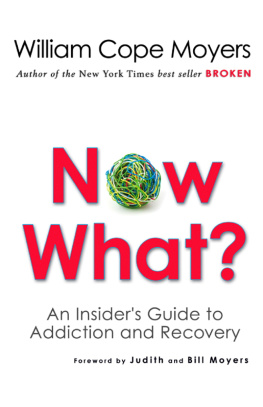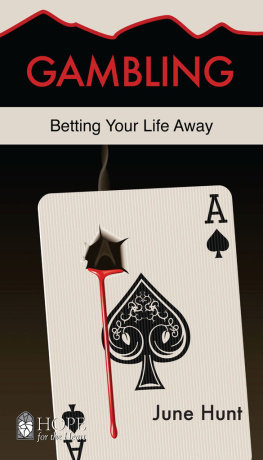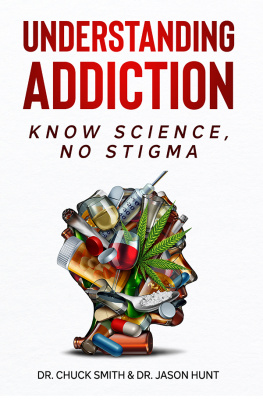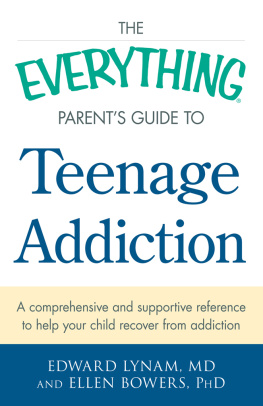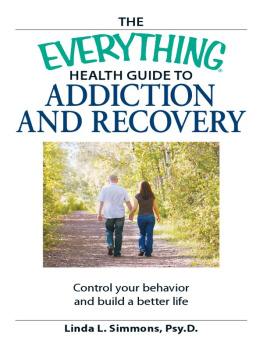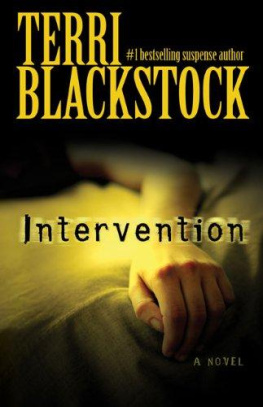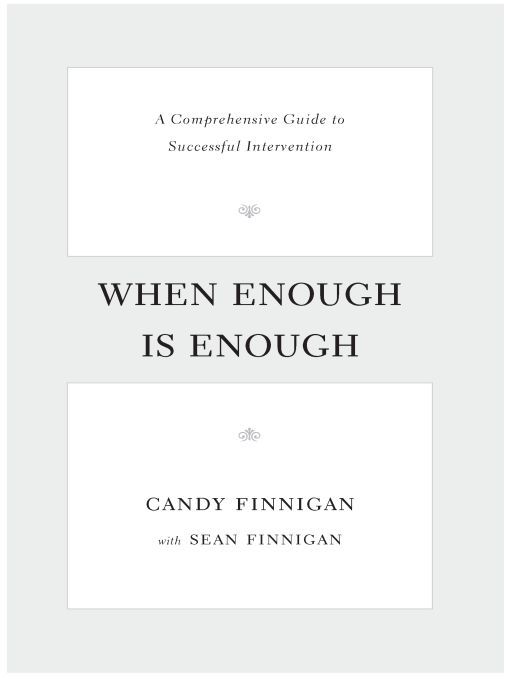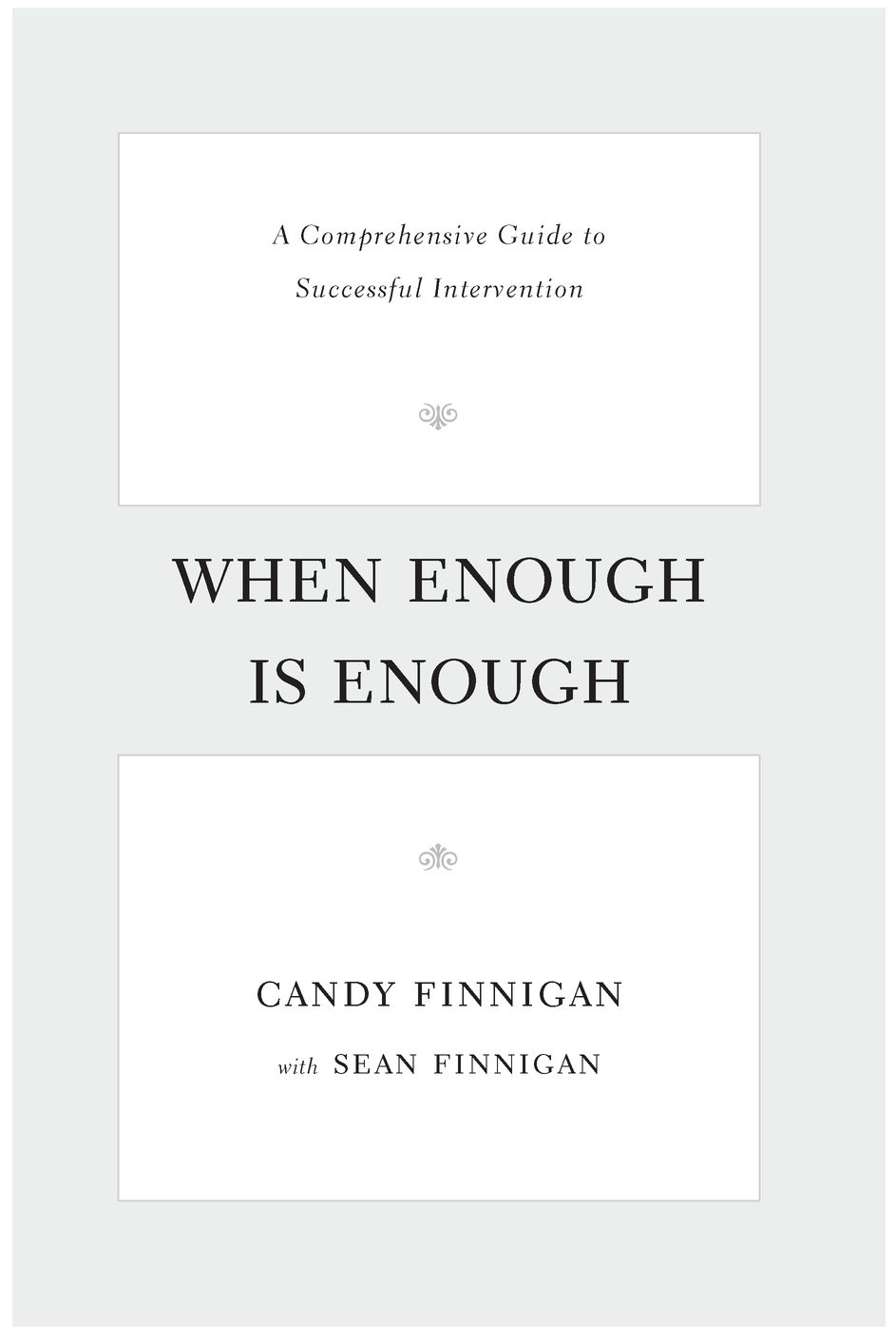Table of Contents
AVERY
a member of Penguin Group (USA) Inc.
New York
We dedicate this book to:
Evelyn Finnigan,
a legacy of service and compassion
and
Bob Howse,
who had the patience of a saint
INTRODUCTION
My name is Candy Finnigan. I have been an adopted child, a daughter of dysfunction, a student doing hard time with the Sisters of the Blessed Virgin Mary, a debutante, a Junior Leaguer, a loyal friend, a mother, a working mother, an alcoholic, a dental hygienist, a rock n roll wife, a chemical dependency counselor of adolescents, and a confidant to celebrities, stars, and strangers. But for the purposes of this book Im a recovering alcoholic with more than twenty solid years of sobriety and years of service workformal and informal. Im a drug and alcohol counselor with vast and varied experience helping others to find recovery through hundreds of treatment options, challenges, and failures. I am an interventionist. And it is my passion forand belief inthe recovery process that led me to help parents and kids, husbands and wives, and friends and loved ones of alcoholics, addicts, and the mentally ill who had realized enough was enough.
For me, its been a long journey across the treatment landscape, which has changed dramatically over the years. I sought education, certification, and clinical work in order to ensure that the breadth of my training would complement the depth of my experience. From sober lunch programs at Beverly Hills High School, to sitting with a wet one after a womens meeting, from aging film actors to adolescent inhalant huffers, dual diagnosis cases to cutters, Ive had the privilege of witnessing countless miracles as well as the lessons of tragic failure.
I enter homes where families are in crisis from drug or alcohol addiction. I lead them in a desperate, last-ditch effort to reclaim a lost loved one. They dont know me, but they need me. My coauthor and brother-in-law, Sean Finnigan, is a veteran of many such encounters as well. We want you to get to know us, we want to earn your trust, and we want to help you.

Intervention is both ancient and new. All societies and cultures have had a shaman, an elder, a social judge, or a religious or spiritual figure who addressed harmful behavior or mental illness in the midst of the community. Often they were women, sometimes midwives or herbal practitioners. Their solutions, incantations, or remedies were thought to have power based on spiritual authority. American Indians would try different methods to restore harmony, but if these failed, they practiced banishment. The Inuit have been known to send repeat offenders off to their own island with some provisions, a spear, a canoe, and a heartfelt good luck. For Roman Catholics the last resort was exorcism. Christian, Muslim, and Hindu cultures alike have various forms of balance restoring techniques. These were often quiet, personal affairs, carried out with reverence and determination. There were times, however, when whole tribes or communities were forced to respondsometimes harshlyto behaviors that threatened everyone. Not much has changed.
Today some 4 million people tune in every week to watch Intervention on the A&E cable network. What happens on the show comes closer to the real thing than any documentary series has before, but its still only a sort of hybrid approximation of intervention. Its public, quick (due to thorough editing), and then its overall in an hour. The whole process could never be shown in its entirety.
Intervention, the series, shines a thoughtful light on a hard subject. That its popular and growing reveals where millions of families find themselves: out of answers and fascinated with any idea that might work. Sean and I field scores of phone calls every week for help, hundreds of e-mails every month, and the tide is rising steadily.
As I travel around the country I meet men and women who are fans of the show. As we talk, there is inevitably a bittersweet moment: They tell me about their lost one and how they are dealing with their problems. If you are holding this book, interested in the help it offers, then you have joined the millions personally affected by this countrys crisis. Im sorry for our mission together but privileged to be a part of your solution.

Our society is in the grip of an epidemic. It is a monster with many heads, springing from one body: addiction. The variety of substances and afflictions is bewildering, but the suffering of the families and friends of those taken have a stunning sameness: ignorance, naivet, blame, and shame are the hallmarks of their common bond. Overstating the enormity of the addiction crisis is impossible. The reality defies imagination or exaggeration. The nature of the epidemic is systemic, and it is an indictment of our ability as a culture and a country to respond. But the particulars are personal, familiar, and paralyzing to everyone affected.
An estimated 25 million Americans are currently alcohol- or drug-dependent. The conventional wisdom is that each of those 25 million affects seven other people through familial, social, or professional associations. Lets be superconservative and cut that number in half. Twenty-five million in thrall times three people affected equals 75 million involved. If youve recently joined that unhappy group of 75 million, we want you to realize you are far from alone. That means there is no reason to proceed alone.
We cant generalize about who these addicted or alcoholic people are. Whether you embrace or deny the disease model is beside any practical point. I always ask families whether they prefer their loved one to be addicted or mentally ill: pick one and lets get started. The nature of dependency is ultimately uniform: the life of the lost one is diminished; they become increasingly isolated, ineffective, and eventually hopeless. The families of the lost one act as a mirror to this downward spiral, their own dynamic in turn becoming slowly and subtly deranged, as each family member is rendered unable to find any healthy perspective or rational response. They live by excuse, explanation, and denial. Under these stressors the normal family pattern is for each member to withdraw, either outside the home or within themselves.
Ironically, the chief activator of their fear and paralysis is love! If you are holding this book thinking I can relate, Sean and I get what is happening to you, and we bring good news: the answers are in hand, actually. We promise you that the end to your personal hell is before you. We tell families a couple of things early on, things that are hard to hear but fatal to ignore: Your secrets keep you sick. Your loved one is lost to you now. What are you afraid of? And finally: how long do you want to stay sick?
I was blessed to be delivered from my own destructive drinking through the actions of my mother-in-law, Evelyn Finnigan. She was primarily concerned for the welfare of her grandchildren, feeling that my own situation was up to me to address. In her personal search for help and solace, she had earned a black belt in Al-Anon (an organization for people affected by alcoholics, the family component to Alcoholics Anonymous).


